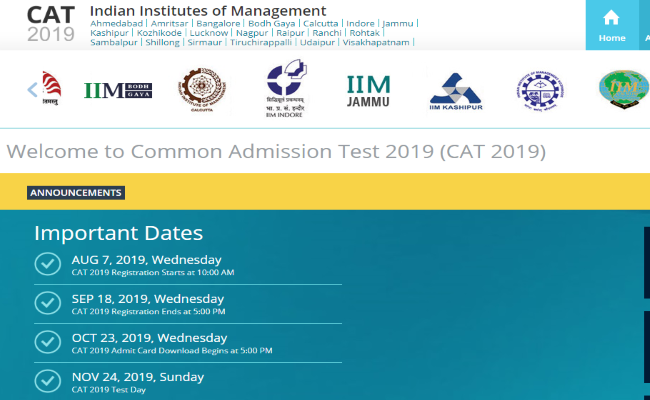
For years, the Common Admission Test (CAT) has been a bone of contention among numerous students vying for an MBA seat in India, more specifically, an MBA seat in the best B-schools of India. The exam has been designed to test the aspirants to the maximum and make them execute their skills under pressure.
It is considered to be one of the toughest exams in India and rightly so. what makes it tougher is that one is judged on the basis of their percentile and not the percentage, which makes it a direct shootout and results in the survival of the fittest.
The answer to the question:
Yes. The system of negative marking does exist in CAT.
Before we venture further into the why and how much, let’s see the general paper pattern for CAT.
Paper pattern
For quite a few years now CAT has maintained a pretty standard paper pattern, that is, a fixed number of questions divided into different sections with all of them carrying the same weightage of marks. There a total of 100 questions which means there 300 marks for the taking. The duration of the entire exam is 3 hours (4 hours if you are in the PwD category) with the duration of each section being 60 minutes (80 minutes if you are in the PwD category).
In each section, there are two distinct types of questions: MCQs and non-MCQs. For each question in the paper, you get +3 for a correct answer, and 0 if you leave the question unanswered. Where’s the difference you ask? Well for each MCQ question, you are given a -1 if the answer is wrong. However there is no negative marking for a non-MCQ type question even if the answer is wrong.
Why the negative marking?
The negative marking in CAT Exam, like most competitive exams, has been put in place to make people work on both their speed and accuracy. A person solely relying on their speed would be likely to fail because of their decreased accuracy because of the negative marking. This means that only the students who have both a great speed and a high accuracy excel in this exam.
Stay connected with fellow students on PaGaLGuY for CAT 2019 Discussion
Why no negative for non-MCQs?
In the case of MCQs, there is a very high chance that a person may use the technique of hit-and-miss for different questions, or may narrow the answer down to a few different possibilities and then match them with the options provided, or in a last ditch effort, make a guess.
Most of the options given above aren’t applicable to non-MCQs and though guessing is an option for non-MCQs as well, guessing without having any options is much tougher than guessing among four or five options.
All in all, the negative marking is important to deter people from attempting more questions than they can actually solve completely, or even guess randomly. This distinguishes people who are actually brilliant than students who might have just got lucky if there had been no negative marking.
